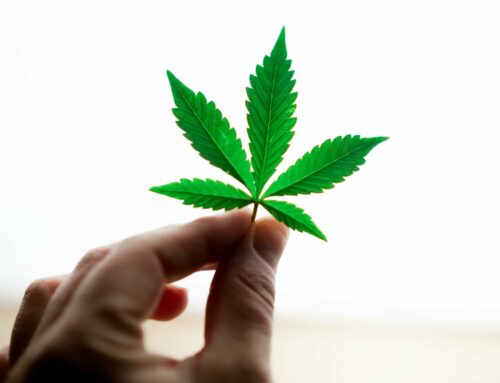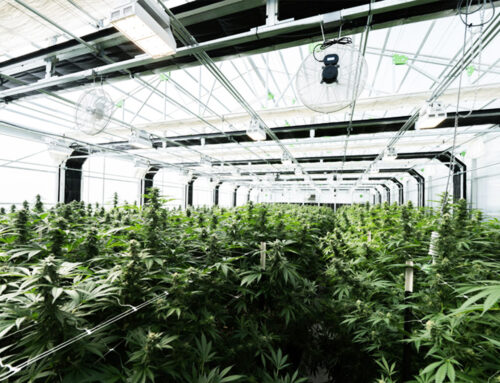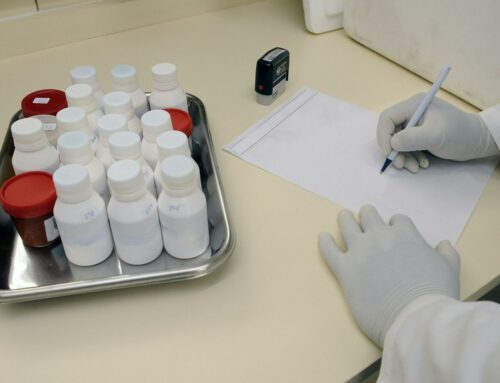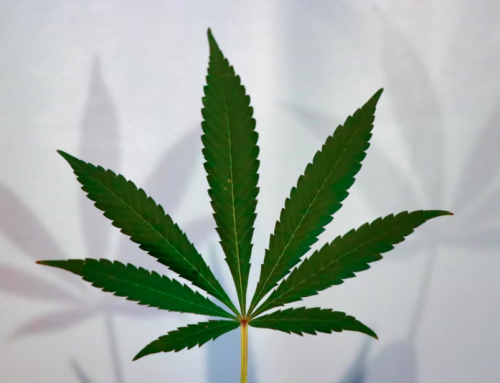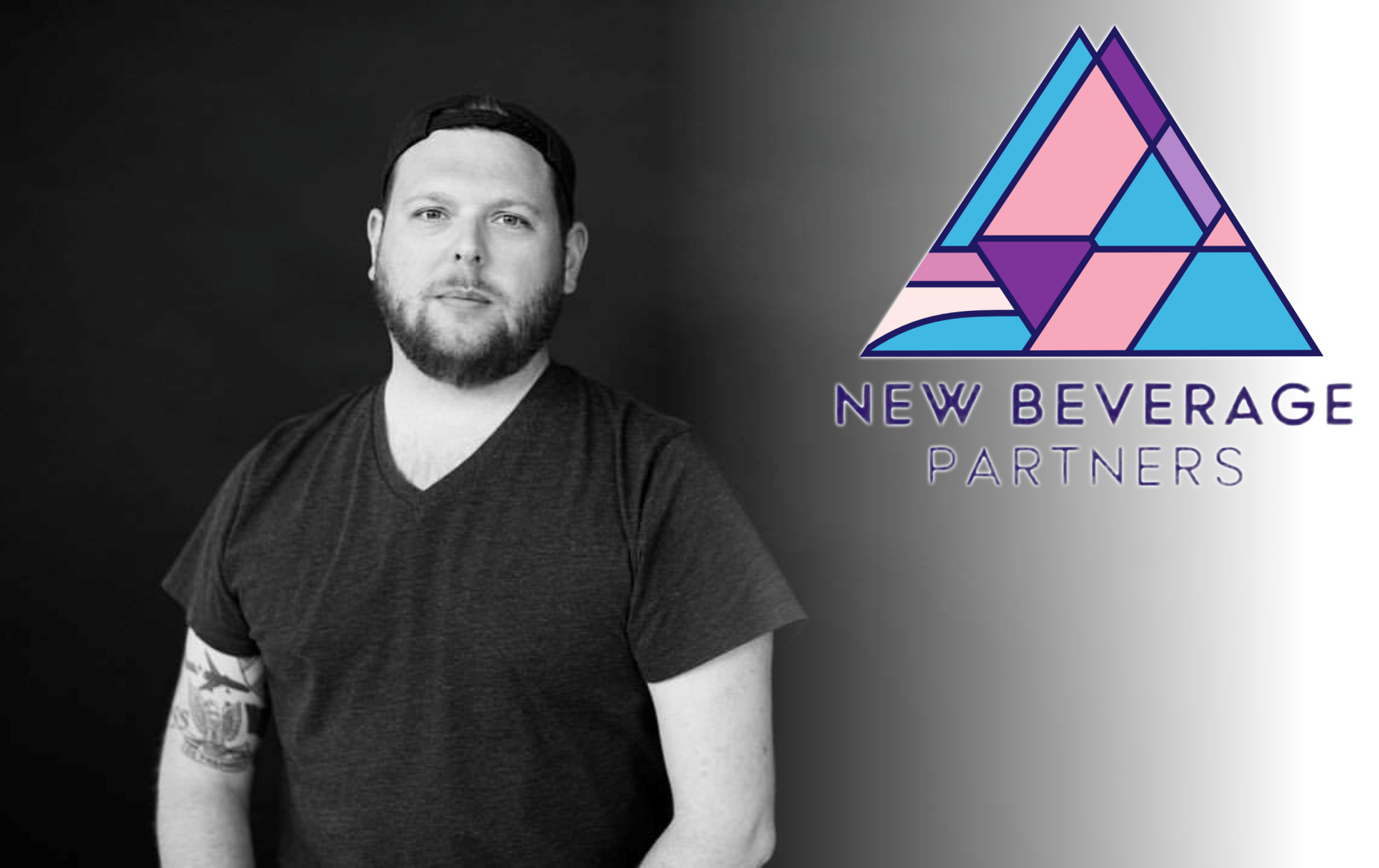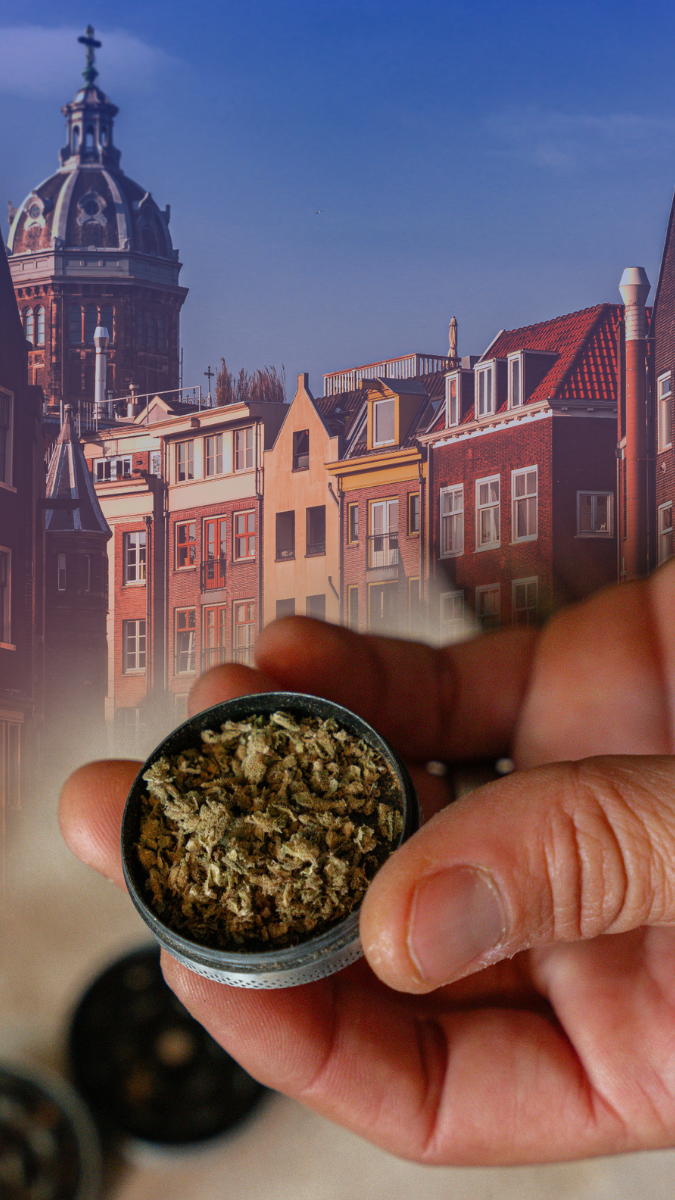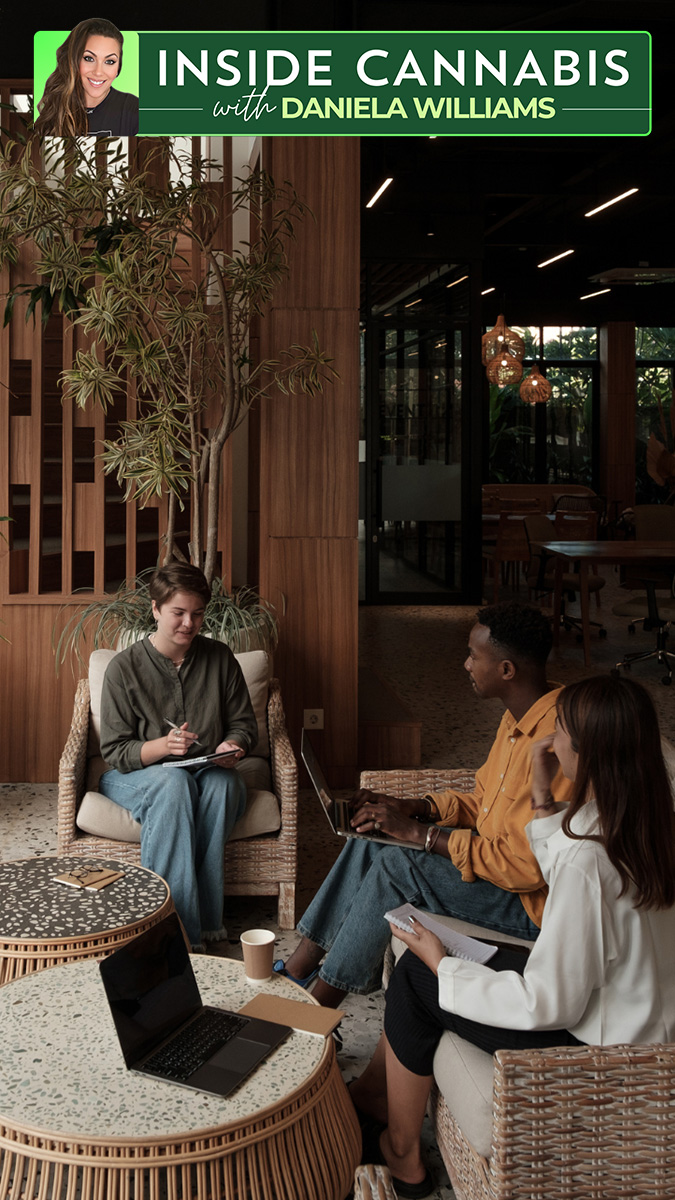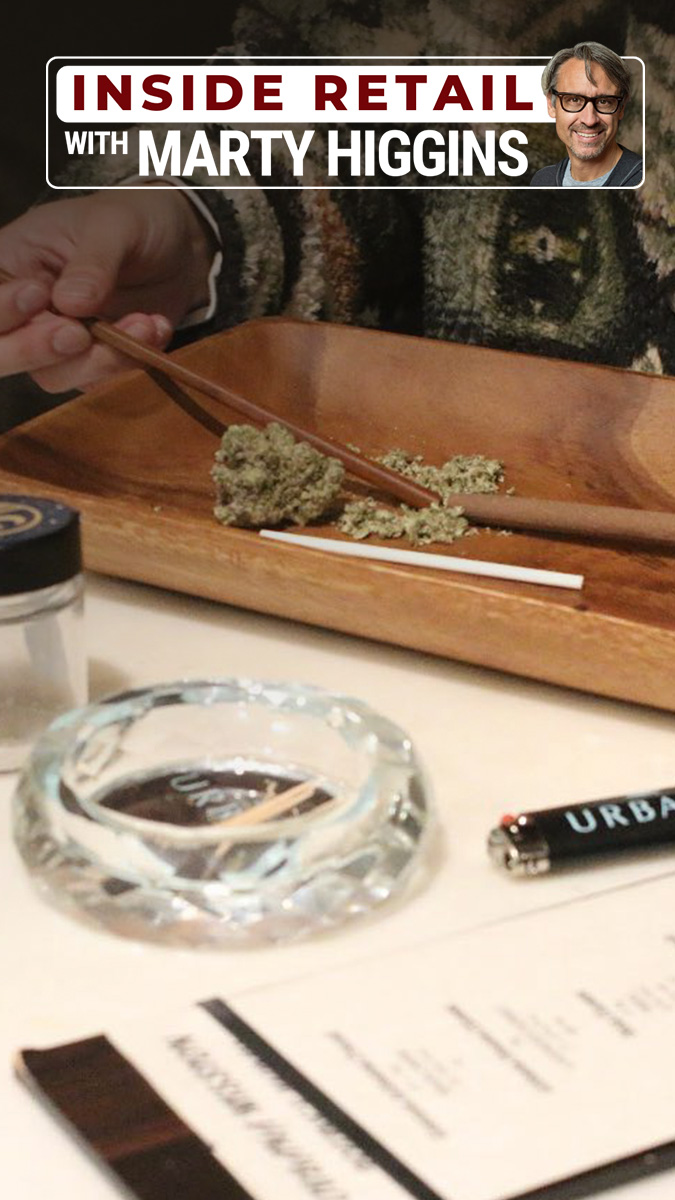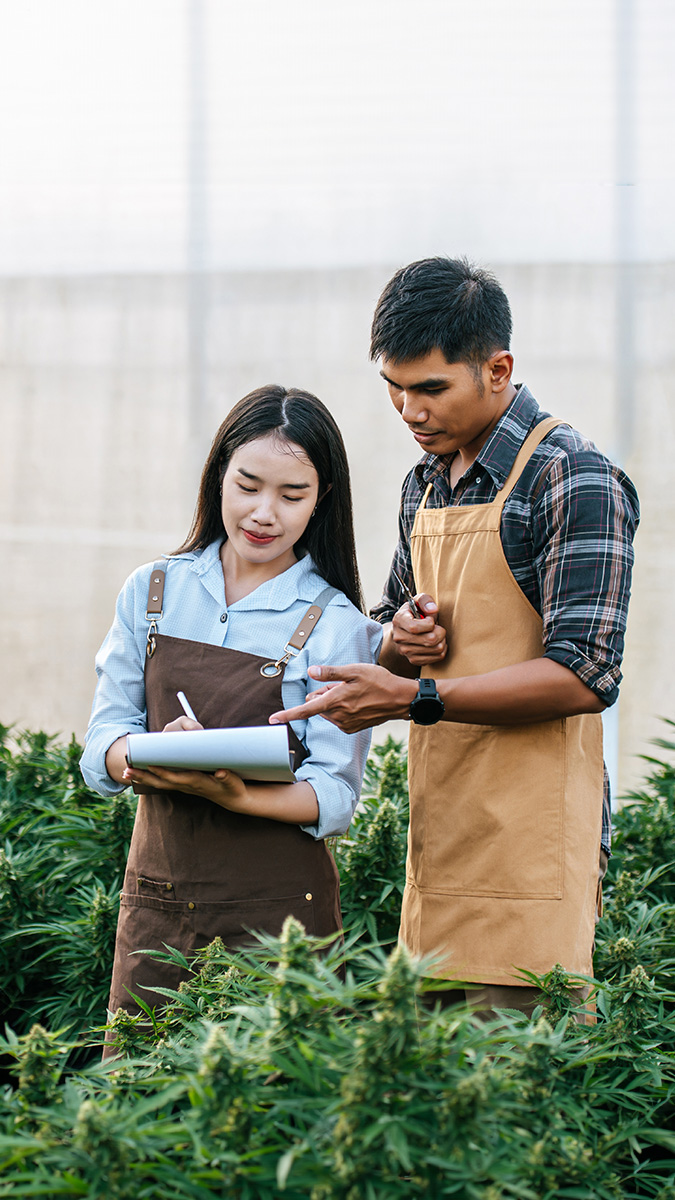Global Cannabis Packaging Market Size to grow USD 11.80 Billion by 2030
New York – The Global Cannabis Packaging Market Size was valued at USD 2.90 Billion in 2021, the market is projected to grow USD 11.80 Billion in 2030, at a CAGR of 29.60%. as per the latest research report published by Spherical Insights & Consulting.
The two primary functions of packaging are to protect the product it contains and the consumer who purchases it, as well as to sell the goods to potential buyers, both directly and indirectly. The package must give protection against everything that could harm the product, whether physical or environmental. It must also be sealed to prevent pilferage or opening by someone who could be hurt by the goods, such as a youngster. The first duty is to ensure security. Packaging has always been a struggle for brand owners, but in the fast-evolving cannabis sector, with new products arriving almost every week and each requiring a box that provides reliable security and effective marketing, the challenge is especially critical. These new items come in a variety of forms, including dried, concentrated powders and liquids, foods, pharmaceuticals, and so on, making choosing between the various packing styles even more difficult.
High-speed automated packaging, which is common in traditional food and beverage packaging operations, did not appear to be gentle enough in product handling to package delicate cannabis buds at first, but machine manufacturers collaborated with cannabis companies to develop systems that could effectively automate the sorting, weighing, and packaging process and do so faster. As a result, automated procedures tailored to the needs of cannabis bud packaging are progressively being created. Cannabis product packaging must be child-resistant, tamper evident with a tearing element or pop-up indicator that indicates when a product has been opened, and resealable for multi-serving products. In addition, the packaging must be opaque (to conceal the contents) and show the amount of THC and CBD per serving in milligrams. Because they are easily accessible and resealable for customers, many products in North America have been moving to pouches and bags.
As cannabis legalization gains traction, these pouches will undoubtedly become more popular in the cannabis packaging sector. Getting the items into the pouches, on the other hand, is only the first step in the packaging process. It’s just as important to take those pouches and pack them neatly into secondary packaging and shipping cases for efficient distribution. The fundamental determinant of the packaging used is the type of product. Cannabis is now accessible in a staggering range of formats, ranging from dried flower to sublingual tongue strips, each with its own particular packing style. The dried flower is typically placed by hand into a child-resistant plastic jar with a screw-top or push-top cover. Small cups are preferred for packaging concentrates. Cannabis creams, balms, and salves are typically packaged in child-resistant plastic or glass jars, with a secondary packing of a paperboard box. Flexible tubes are also common in these formats, especially for CBD products sold in stores.
Concerns about sustainability are also influencing packing choices. While the medical cannabis industry has adopted more colorful and luxury bottle packaging, there is rising concern about the environmental impact of plastic bottles in general. As a result, many medical cannabis packagers are exploring environmentally-friendly flexible pouches and bags. Folding cartons, bags, and pouches are expected to see considerable expansion as the popularity of edibles grows. Packaging suppliers will benefit from containers that enable product differentiation, such as high-quality graphics and a luxury appearance. Containers like glass bottles and vials, metal tins, and specialty packaging like cloth bags are examples. Changes in legal cannabis packaging and labelling requirements can act as a market limitation for cannabis packaging equipment. Updating machines with new technology and following to packaging rules are two more difficulties that cannabis packaging equipment manufacturers confront around the world.
The cannabis business is quite vocal about its commitment to long-term sustainability. Flexible packaging (bags) used in the industry nowadays are frequently not recyclable. To achieve the tear resistance requirement for achieving the child-resistant certification, many paper CR goods use a multilayer (non-recyclable) film. Many tins Child- Resistant (CR) packaging are designs to assembled plastic components, making them non-recyclable. As a result, polypropylene compounds that promote rapid landfill breakdown are becoming more widespread.
Hemp and plant-based resins are also gaining popularity. However, the jury is still out on whether cannabis buyers will be prepared to pay a premium price for these long-term solutions. Other CPG categories will be pushed by the industry’s voice on sustainability. Additional direct-to-package printing alternatives will be aided by the cannabis industry’s ecological concerns. Printing directly on recyclable plastic packaging vs using a pre-printed label has undeniable environmental benefits. However, there is no simple solution. Without modern engineered materials, meeting the technical requirements for a package designed to meet the CR tests is difficult. Advanced materials aren’t necessarily long-lasting. The cannabis market has opened up a wonderful new window of opportunity for packaging design. The evolution of cannabis packaging, quick set-up and changeover solutions, such as digitally printed labels and direct digital printing, are the most feasible.
(This information is primarily sourced from SPHERICAL INSIGHTS LLP. Highly Capitalized has neither approved nor disapproved the contents of this news release. Read our Disclaimer here).

















